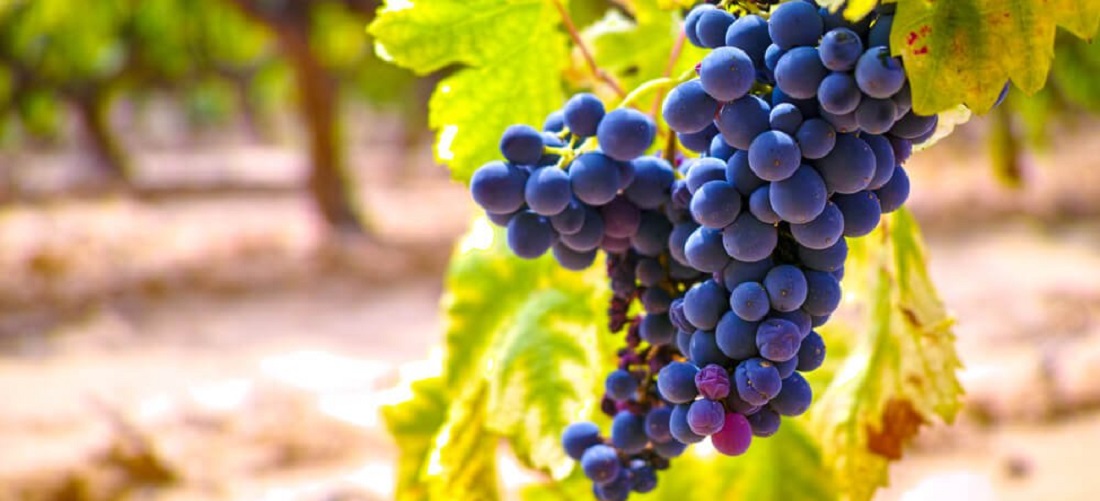
Brazilian Grape Exports Decline in January, but Outpace Last Year’s Levels
Feb, 18, 2025 Posted by Gabriel MalheirosWeek 202508
As is typically the case, Brazilian grape exports dropped in January from previous months. However, shipments still surpassed those in January of last year. According to Comex Stat data, Brazil exported 2,060 tonnes of grapes last month—an 86% decline from December 2024 but an 18% increase compared to January 2024.
This was the highest export volume for the month of January posted in the past six years, second only to 2019 when 3,660 tonnes were shipped. However, the volume increase did not translate into higher revenue, which remained nearly flat at $5.32 million—down just 1% from January 2024. According to Hortifrúti/Cepea analysts, demand from key importers such as the United States and the United Kingdom remained strong. This was partly due to extended trade agreements, which continued as logistical bottlenecks hampered competing suppliers like Peru and South Africa.
Here is a chart featuring historical data on Brazilian grape exports from January 2021 onwards. The data is from DataLiner:
Brazilian Grape Exports | Jan 2021 – Dec 2024 | TEUs
Source: DataLiner (click here to request a demo)
Despite a strong start to the year, Brazil is expected to see a drop in the availability of Cat 1 and Premium grapes—quality standards required for export—especially for seedless white varieties of grapes. This is largely due to heavy rainfall in January in the São Francisco Valley (Pernambuco and Bahia), the country’s main grape-exporting region. The tighter domestic supply could once again drive up imports.
In January, Brazil imported 771.6 tonnes of grapes, a 114% surge from the same month last year and the highest volume since 2019. If the rainy conditions persist in the São Francisco Valley, domestic production could remain constrained, further weighing on exports while fueling higher import volumes. Industry players note a lack of targeted strategies to mitigate climate-related challenges and ensure stable production and quality—an issue that needs to be addressed.
Source: HF Brasil
-
Feb, 02, 2023
0
Alvean forsees logistical bottleneck in the outlet of sugar and grain production
-
Grains
Mar, 22, 2022
0
Ukraine may lose US$6bn in grain exports with blocked ports
-
Grains
May, 19, 2020
0
China’s demand for Brazilian soy expected to grow steadily over next ten years
-
Ports and Terminals
Jul, 19, 2021
0
Port of Santa Catarina has 39 thousand tons of fertilizers prevented from being unloaded


